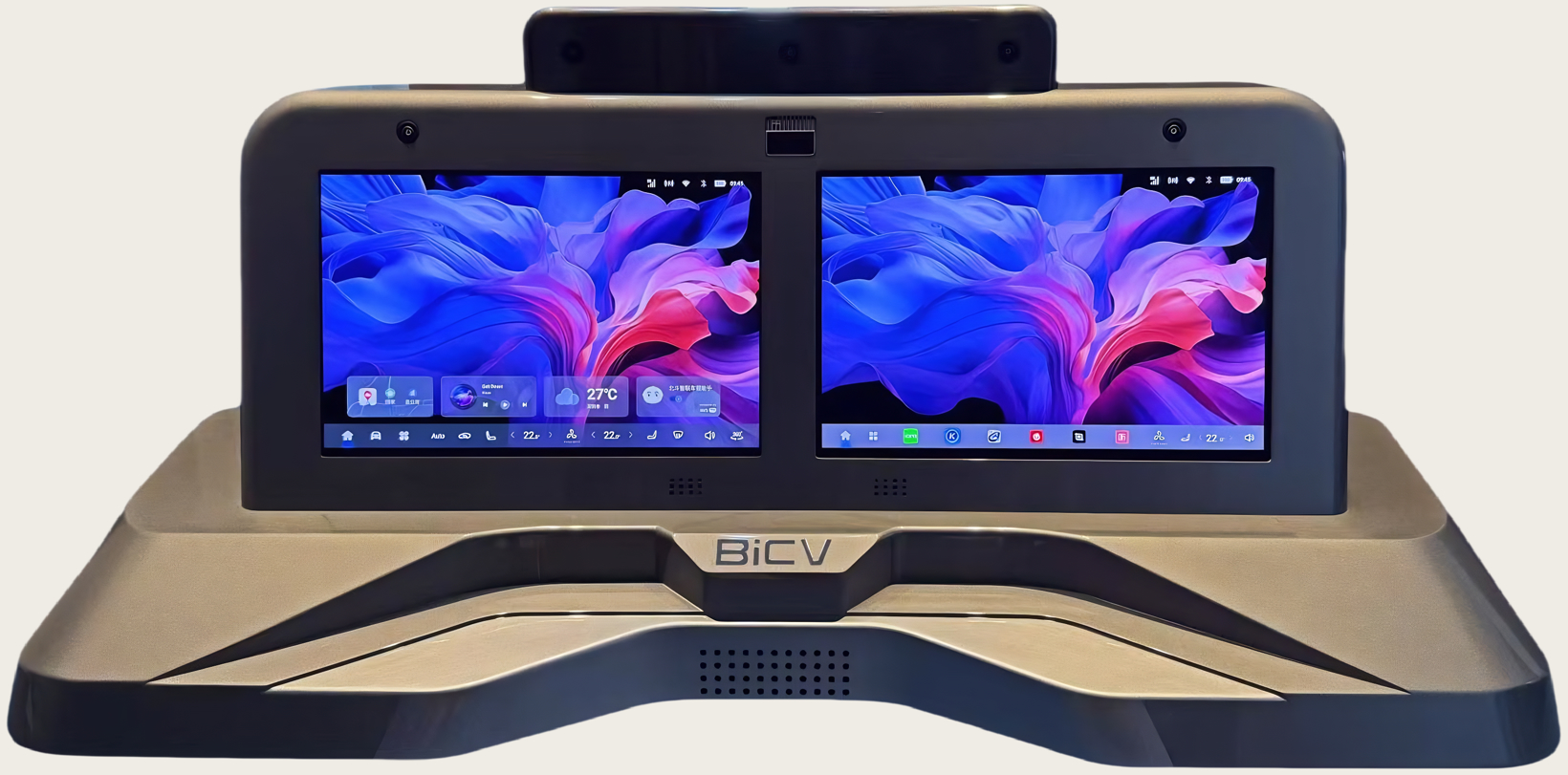The AI digital cockpit assembly is set to revolutionize smart cabin technology with its advanced 3nm process and heterogeneous computing architecture. Utilizing a 3nm chip that integrates a CPU (4×Cortex-A78@2.8GHz), GPU (Mali-G710 MC10), and APU (APU 690), it achieves a dual breakthrough in performance and energy efficiency. The APU offers computing power between 46-55 TOPS and supports local operation of large models with fewer than 5 billion parameters (such as LLaMA-2 and DeepSeek-R1), enhancing inference efficiency by 30% compared to traditional NPUs.
The system supports dual operating systems, Android 15 and Linux, running in parallel with safety isolation, utilizing Hypervisor technology for dynamic hardware resource allocation to ensure real-time functionality and safety for critical features like dashboards and TBOX. For instance, the dashboard runs on Linux while the central entertainment system is based on Android, with resource isolation to prevent interference, adhering to ISO 26262 ASIL-B functional safety standards.
The cockpit integrates a 4K@120Hz display driving engine, supporting triple-screen displays (12.3-inch for the driver, 15.6-inch for the front passenger, and a rear entertainment screen), with 10-bit color depth and HDR10+ certification for cinema-quality visuals. In terms of audio, it supports 28-channel input and 32-channel output for precise multi-zone separation and immersive sound field control.
AI capabilities cover all scenarios through the vehicle's intelligent driving system, which incorporates visual perception for driver status monitoring (DMS), in-cabin passenger behavior recognition (OMS), and gesture control. For example, the system can detect driver fatigue and trigger takeover reminders, or allow music track changes via gestures with a latency of less than 200ms.
Unique advantages include the ability to deploy large models locally based on APU computing power, enabling natural language Q&A and contextual service recommendations (e.g., 'automatically plan charging stations based on the user's schedule'). Tests show model inference speeds of up to 15 tokens/s, with an 80% reduction in response latency compared to cloud solutions.
The multi-screen collaboration and display technology support 9K@120Hz ultra-high-definition display, with dynamic bandwidth allocation keeping GPU load under 70% during simultaneous rendering on three screens. For example, the driver’s screen displays navigation and ADAS information, the front passenger's screen runs a 3D game, and the rear screen plays 4K video, all maintaining frame rate fluctuations of less than 3%.
AI voice and visual interactive integration features a multi-microphone array and far-field voice algorithms, supporting dialect recognition (covering eight dialects including Cantonese and Sichuan dialect) and continuous dialogue (up to 16 rounds of contextual understanding). The visual interaction aspect includes four 8-megapixel cameras for in-cabin passenger emotion recognition (with 92% accuracy) and child forgetfulness detection.
Cost and reliability advantages include an integrated 4G/5G baseband module with T-Box functions, reducing BOM costs by 25% compared to external solutions. It has passed AEC-Q100 certification, maintaining chip temperature rise under 15°C in extreme environments of -40°C to 85°C, with a mean time between failures (MTBF) of 100,000 hours.
Application scenarios include large models for smart cockpits, multi-screen collaboration and display, and AI voice and visual interaction. Looking to the future, AI digital cockpit systems are expected to achieve mass production by 2025, gradually scaling up applications in vehicles priced between 100,000 to 180,000 yuan, leveraging high computing power and integration characteristics to promote the widespread adoption of AI in vehicles, along with expanding industries related to cameras, algorithms, and ecological services.
AI Digital Cockpit Assembly Application in Smart Cabin Technology

Images


Share this post on: